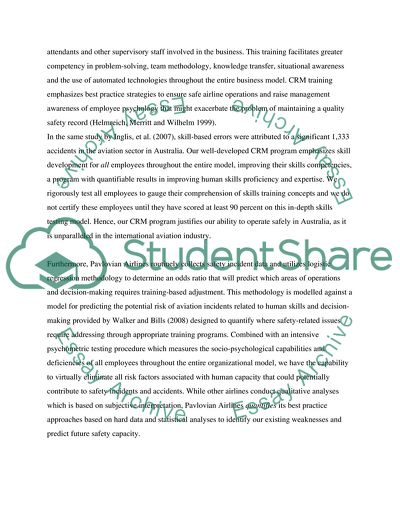Cite this document
(Human Factors in Aviation Assignment Example | Topics and Well Written Essays - 2500 words, n.d.)
Human Factors in Aviation Assignment Example | Topics and Well Written Essays - 2500 words. Retrieved from https://studentshare.org/social-science/1878511-aviation-human-factors-report
Human Factors in Aviation Assignment Example | Topics and Well Written Essays - 2500 words. Retrieved from https://studentshare.org/social-science/1878511-aviation-human-factors-report
(Human Factors in Aviation Assignment Example | Topics and Well Written Essays - 2500 Words)
Human Factors in Aviation Assignment Example | Topics and Well Written Essays - 2500 Words. https://studentshare.org/social-science/1878511-aviation-human-factors-report.
Human Factors in Aviation Assignment Example | Topics and Well Written Essays - 2500 Words. https://studentshare.org/social-science/1878511-aviation-human-factors-report.
“Human Factors in Aviation Assignment Example | Topics and Well Written Essays - 2500 Words”, n.d. https://studentshare.org/social-science/1878511-aviation-human-factors-report.


